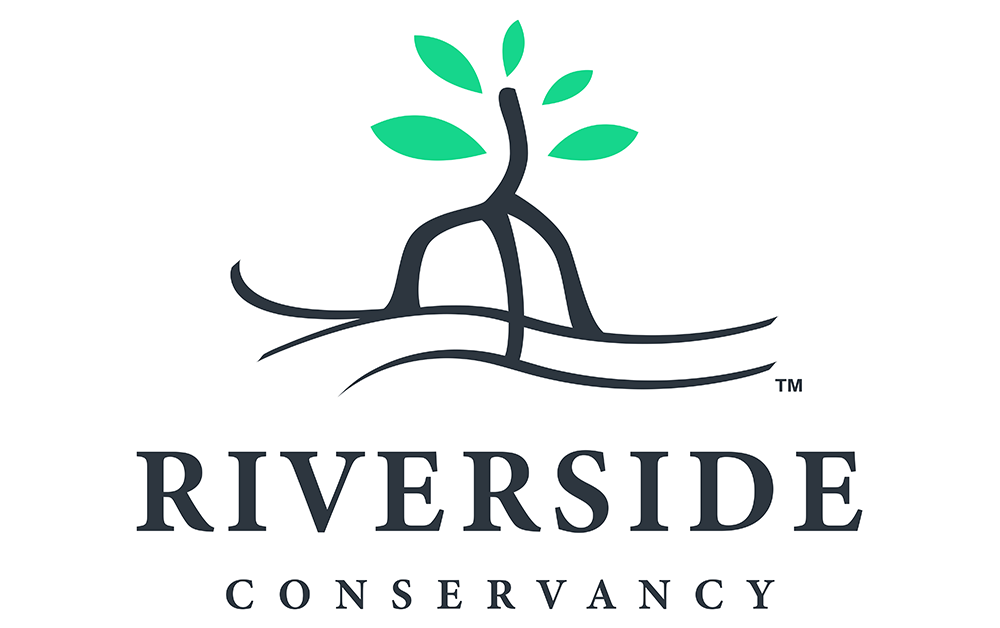By Lisa D. Mickey
Stetson University senior Zoe Stuckwisch had butterflies in her gut when she stepped to the podium to present for the first time at the annual ShORE Symposium in April.
The Indiana native was at the Brannon Center in New Smyrna Beach for ShORE (Sharing Our Research with Everyone) to discuss her research findings on “Evaluation of Fish Diversity and Abundance on a Restored vs. Unrestored Shoreline in Mosquito Lagoon, Florida.” That research took place at Riverside Conservancy alongside her Stetson professor, Dr. Corie Charpentier.
“Even though ShORE is a small symposium, it attracts people who understand the lagoon system or want to learn more, so it’s really a whole networking event,” said Stuckwisch, 20, who will graduate in three years this spring and had to fast-track her senior project.
“Many people don’t realize how harmed the Indian River Lagoon has become in recent years, so this event is a great way to educate everyone about what’s actually happening out there,” she added.
Stuckwisch grew up on a small-town farm in southern Indiana with a bunch of brothers and male cousins. Her family grew soybeans, corn, wheat and raised hogs. She learned to drive a tractor early and when the family traveled to Florida each year for vacation, she also learned to fish as a young girl.
“Growing up on a farm, I already loved the outdoors, but being introduced to the ocean and the water – where I could fish and see dolphins – that really sparked my interest,” she said.
She was unsure about what she wanted to study in college, but ended up at Stetson. Her faculty advisor was Dr. Charpentier, who guided the young student with her academic studies and field of study.
“I didn’t know what I wanted to do and was kind of confused,” Stuckwisch recalled. “I had just moved 900 miles away from home and I was by myself, and then I learned about Dr. C’s career, all the things she’s done and all the places she’s been. She inspired me to take advantage of the opportunities available to me as an undergrad and later, to apply for graduate school.”
Charpentier already was conducting research on the restored shoreline at Riverside Conservancy and encouraged Stuckwisch to launch her own senior project at the estuarine site.
The professor often would join Stuckwisch and other students on the shoreline to demonstrate field techniques and help them refine their skills for research.
“It’s been a great experience for her to share what she knows through her career and to learn straight from her instead of her telling us what to do and us trying to learn by trial and error in the field,” said Stuckwisch. “I didn’t understand what living shorelines meant to our ecosystem before starting my project and I have learned so much.”
While she was exploring estuarine fish diversity, the Indiana native also was learning about water temperature, salinity and tidal influences in the lagoon. Conducting actual hands-on research at Riverside Conservancy was beneficial and provided a safe working environment. There also were moments of surprise as she focused on her studies in the water.
“Every time I was there, I saw something different,” Stuckwisch said. “One day, a dolphin was chasing fish and leaped out of the water right beside us. We also spotted eagle rays and observed boat wakes and how they were calmed by the Oyster Reef Breaks (ORBs) on the shoreline.”
“Just being in that environment, when we had little breaks, we would look at the water and the shoreline while we were waiting to collect specimens,” she added. “It was a very inspirational time.”
Her student’s attention to detail and her appreciation of a new ecosystem resonated with Charpentier, who often was in the water with her students, coaching them whenever research was conducted.
“Students like Zoie are why I do the job I do,” said Charpentier, still Stuckwisch’s academic advisor. “Quite literally, she dove in head first to all of these different opportunities with research on campus and off campus, traveled to South Africa for a field course and she’s done it all in three years, including the research she presented at ShORE.”
The professor admitted she was proud to watch her student present on her research at ShORE and was happy Stuckwisch took advantage of the chance to participate in a scientific symposium alongside other students and science professionals.
“I know how nerve-racking it can be to stand in front of a big audience at things like this, but ShORE is the right level of access to a stage for students to show their work for the first time in a community where they have been working,” added Charpentier. “That connectivity is really meaningful to these students.”
Through Stetson and Dr. Charpentier, Stuckwisch has networked not only with Riverside Conservancy, but also with Marine Discovery Center, where she has worked as an intern and will work as a camp counselor this summer before starting fall graduate studies in marine science at Nova Southeastern University’s Oceanographic Institute.
Her career goal is to focus on fisheries research. And in the back of her mind, she also hopes to return to the Indian River Lagoon – a place where she learned about a whole new world and an ecosystem with a great need for continued scientific study and community support.
“I love the IRL and many people don’t realize how harmed it has become in recent years,” she said. “I’m really hoping to come back to it one day in my research career because now I know that even a small difference in research could change someone’s mind about things or help make things better.”

